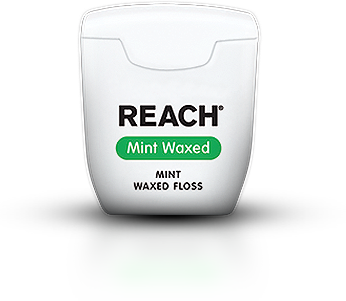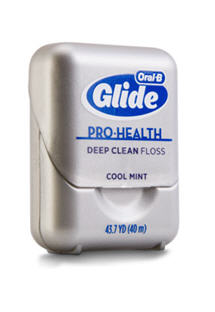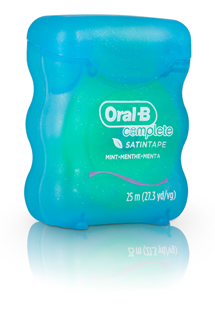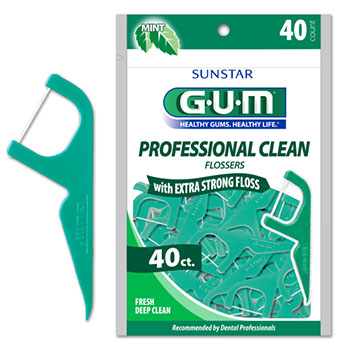“Your smile could benefit from some more flossing!” Heard this before from your dentist? Do you hear it regularly? Do you go to the store to buy floss only to get overwhelmed by the options? While the best type of dental floss is the floss that actually gets used, your personal preferences could make purchasing floss a bit difficult, so let us break down what’s out there and help you find what works best for you.
Traditional Nylon Floss

Nylon floss is the most common type of dental floss. It can be waxed or un-waxed, flavored or not, thick or thin. We recommend choosing a thickness based on the spacing of your teeth. For reference, the floss shouldn’t have to be forced between the teeth, but should glide into the space easily. The rest is all based on what you like. Image via Reach
Monofilament Floss

The newer monofilament floss is a string, like nylon floss, but its material doesn’t rip or tear. It, too, comes in a variety of thicknesses and flavors. The floss material is strong, and many people feel that it glides easier between teeth than the nylon. Image via Oral-B
Dental Tape

“Dental tape” is a wide and flat strip of nylon floss that resembles a ribbon. Some find that dental tape is easier to get between teeth because it’s thinner, so it’s ideal for those just starting a flossing routine. Image via Oral-B
Floss Picks

These days, floss picks are a very popular way to clean between teeth. The picks hold a small strand of floss in place, letting you easily and conveniently floss those pearly whites. Picks, however, are often not as effective as traditional floss because it can be difficult to reach all angles that require flossing. You should be able to complete a “C” shape around each tooth, and picks don’t allow for this motion. But in a pinch, floss picks are better than no floss at all! Image via GUM
Whatever floss you choose, it’s important to have the proper flossing technique down. Here are a few pointers:
- If you’re using regular floss, take about 18 inches and wind the ends around your two pointer (or middle) fingers, leaving a few inches in between to floss with.
- Gently slide the floss between your teeth using an up-and-down motion.
- Curve the floss into a “C” shape around each tooth to ensure you’re cleaning all sides of your teeth.
- Don’t forget to go below the gum line! Be careful and don’t force the floss, though, because that can cause damage to your gums.
- As plaque and debris builds up on the floss, use a new, clean section.
Still unsure about flossing techniques or have more questions? Frisco dentist Dr. Walkington is happy to show you the proper technique and help you find a floss that works for you.





